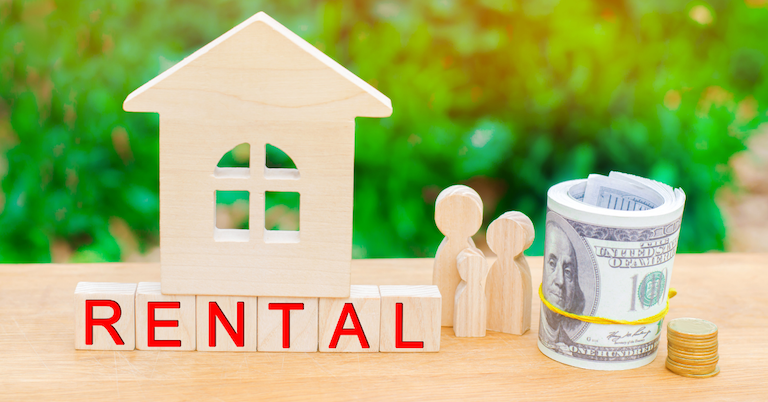As the restaurant industry continues to evolve and adapt to changing customer needs, technology has become an essential tool for success. One such technology that has become increasingly popular is the Point of Sale (POS) system. A POS system is a combination of hardware and software that helps restaurants manage their daily operations, from taking orders to processing payments. While investing in a restaurant POS system can bring numerous benefits, it’s important to consider the potential drawbacks and costs before making a decision.
Pros of Investing in a Restaurant POS System
- Increased Efficiency
One of the most significant benefits of investing in a restaurant Pos System is increased efficiency. A POS system can automate many of the tasks that are essential to running a restaurant, such as order taking, inventory management, and table management. This automation can save time and reduce errors, which can lead to increased efficiency and profitability.
- Improved Customer Experience
Another significant benefit of a restaurant POS system is an improved customer experience. A POS system can help speed up the ordering process, reduce wait times, and improve order accuracy. This can lead to happier customers, increased loyalty, and more repeat business.
- Enhanced Reporting and Analytics
A restaurant POS system can provide detailed reporting and analytics on sales, inventory, and customer behaviour. This information can help restaurant owners make data-driven decisions about menu offerings, pricing, and marketing strategies. Additionally, a POS system can help identify trends and opportunities for growth, which can help increase profitability.
- Streamlined Payment Processing
A restaurant Pos System can also streamline payment processing. With a POS system, customers can pay using a variety of payment methods, including credit cards, debit cards, and mobile payments. This can help reduce wait times and improve the overall customer experience.
Cons of Investing in a Restaurant POS System
- High Initial Investment
One of the most significant drawbacks of investing in a restaurant POS system is the high initial investment. A POS system can cost several thousand pounds, depending on the size of the restaurant and the features included in the system. This can be a significant expense for small restaurant owners, and it may take several months or years to recoup the investment.
- Ongoing Maintenance and Support Costs
In addition to the initial investment, a restaurant POS system also requires ongoing maintenance and support costs. This can include software updates, hardware repairs, and technical support. These costs can add up over time and may require additional budgeting and planning.
- Staff Training
Implementing a restaurant POS system also requires staff training. Depending on the complexity of the system, training may take several hours or even days to complete. This can be a significant investment in time and resources, and it may require additional staffing or scheduling adjustments.
- Technical Issues
Finally, a restaurant POS system may experience technical issues from time to time. These issues can range from minor glitches to major system failures, and they can impact the restaurant’s operations and profitability. Additionally, resolving technical issues may require additional time and resources, which can further impact the restaurant’s bottom line.
Is it Worth the Cost?
Investing in a restaurant POS system worth the cost? The answer depends on several factors, including the size of the restaurant, the complexity of the menu, and the budget available for investment.
For bigger restaurants with complex menus and high volumes of customers, a restaurant POS system can be a significant asset. The increased efficiency, improved customer experience, and enhanced reporting and analytics can help increase profitability and streamline operations.
For smaller restaurants with simpler menus and lower volumes of customers, a restaurant POS system may not be as necessary. The high initial investment and ongoing maintenance and support costs may outweigh the benefits of automation and improved efficiency.
Ultimately, the decision to invest in a restaurant POS system should be based on a careful analysis of the restaurant’s needs, budget, and growth potential. Restaurant owners should consider the pros and cons of investing in a POS system and weigh the costs and benefits before making a final decision.
Conclusion
To wrap things up, investing in a restaurant POS system can be a significant decision for restaurant owners. While there are clear benefits to having a POS system in place, there are also potential drawbacks to consider. Thus, it’s important for restaurant owners to carefully evaluate their specific needs and budget before making a decision.
At the end of the day, it’s all about finding the right balance between cost and benefit, and making a decision that aligns with the restaurant’s unique needs and goals.









